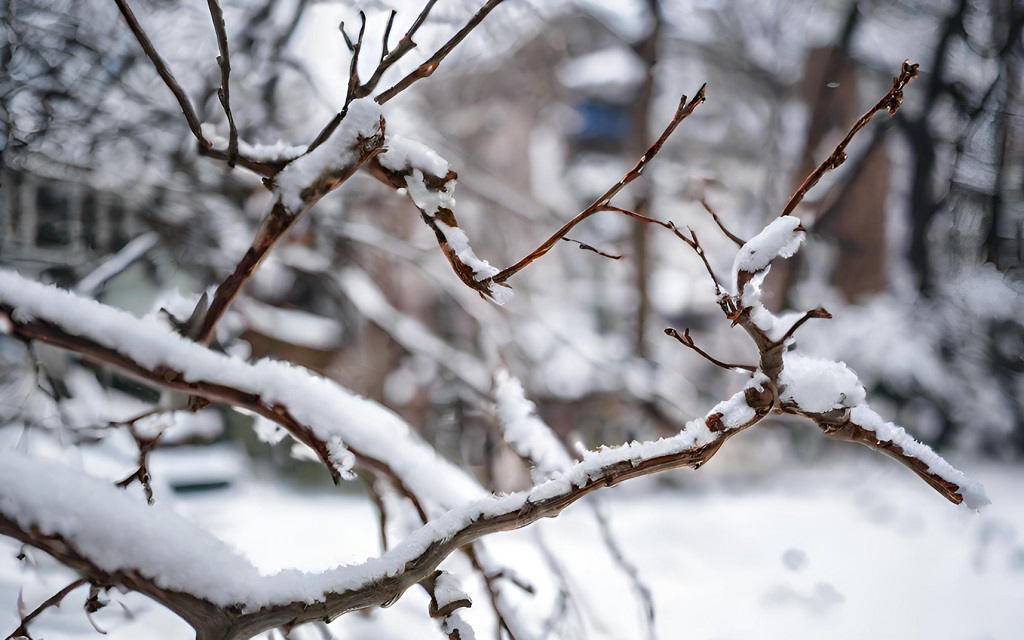Snow is often a beautiful sight to behold, coating the landscape in a blanket of fresh white, glistening powder. However, snow is not all fun and games, especially when it comes to the aftermath of heavy snowfall. While we may think that snow can only harm our plants during winter, its effects can still linger on the trees well after the snow melts away.
Below, we explore harmful effects of snow on your trees and what you can do to limit damage to your landscaping and home.
Table of Contents
- Damage from Heavy Snow
- Snow Mold
- Salt Damage
- Proactive Winter Care for Your Trees
- Hiring Professional Emergency Tree Services
Also see:
Damage from Heavy Snow
One of the most obvious ways snow can affect your trees is through its weight. As snow accumulates on branches, it can weigh them down and cause them to snap or break off entirely.
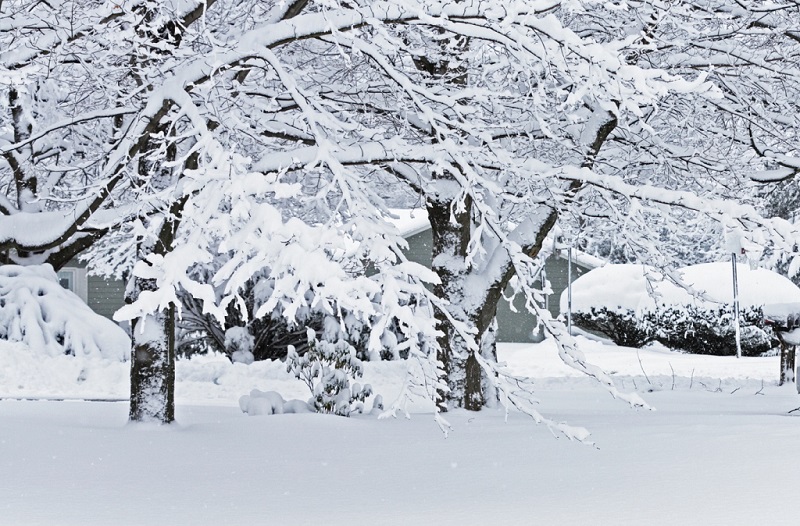
This is especially dangerous for younger or weaker trees that may not be able to withstand heavy loads. Even if a branch doesn’t break off completely, the added weight from snow can cause it to bend or sag, putting unnecessary strain on the tree. When a heavy, snow-ridden tree breaks on your property, you also risk the branches falling on your property or that of your neighbors, potentially leading to costly damages and repairs.
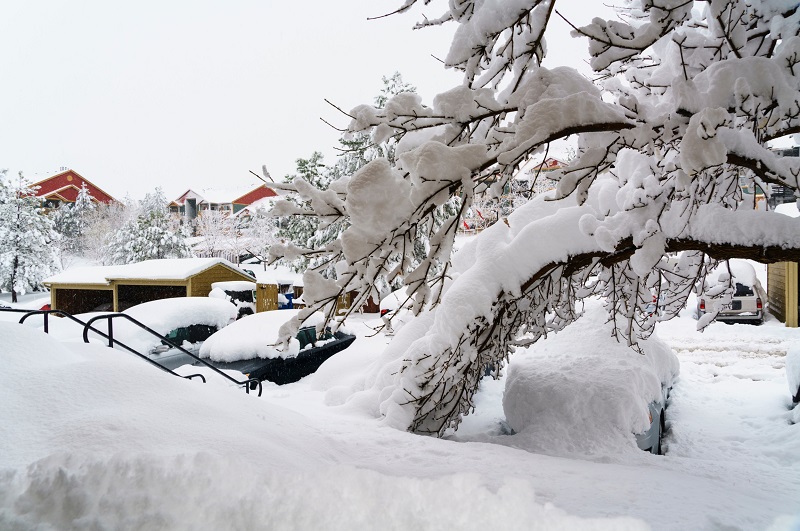
Snow Mold
Another harmful effect of snow is the development of snow mold. This is a type of fungal disease that occurs when snow covers your lawn for an extended period of time.
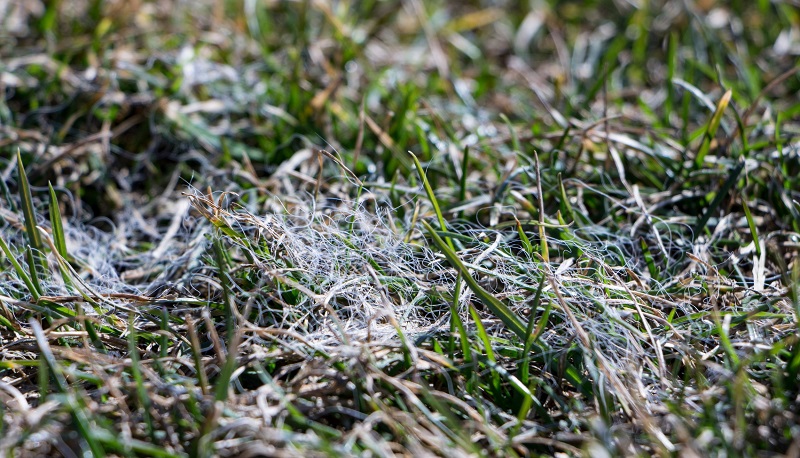
As the snow melts, it creates a moist environment ideal for fungi to grow and thrive. Snow mold can affect your grass and the roots of nearby trees. This spread can lead to root rot and other diseases that will weaken the tree’s overall health.
Salt Damage
During winter, municipalities treat roads and sidewalks with salt to melt away snow and ice. According to a 2021 study conducted by Research Outreach, the salt used to melt away ice and snow can have highly negative consequences for our trees.
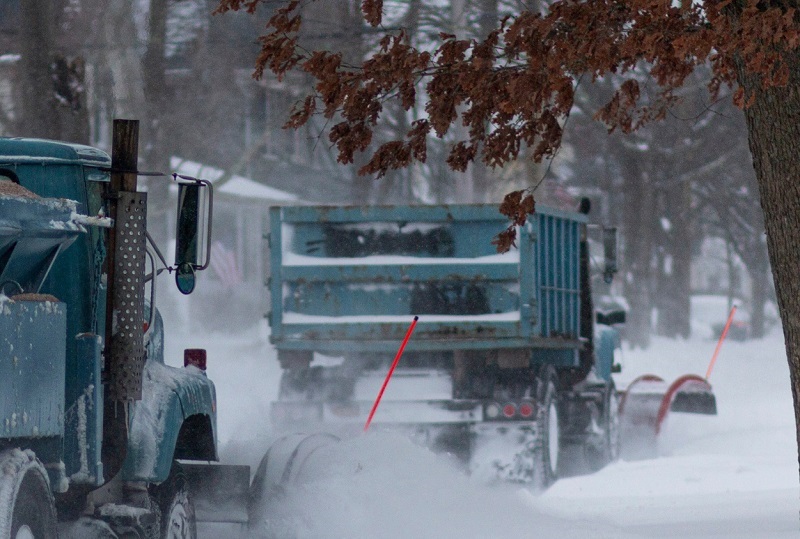
As snow melts, the salt can seep into the soil and damage the tree’s roots. This damage can lead to stunted growth, discoloration of leaves, and even death in severe cases. Salt damage is one of the most overlooked harmful side effects of snow on trees, and in some cases, it’s completely unavoidable.
Proactive Winter Care for Your Trees
We recommend contacting professional tree care experts well before winter snowfalls begin rolling in. By taking this proactive approach, they can help you understand the health of your trees and guide you toward preventative and seasonal tree care tips. If you are wary of justifying the cost of preventive tree maintenance, keep in mind that the cost of removing just one large mature tree can cost a few thousand dollars, especially in markets with high labor costs, such as New York.
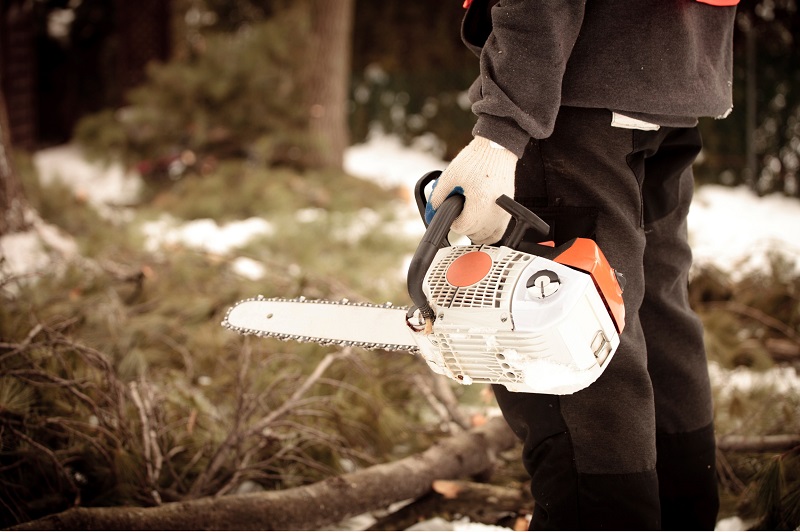
Also keep in mind the stark reality that if you wait to hire a professional tree care service, demand for tree services will likely be higher, especially in the aftermath of any harsh storm.
Hiring Professional Emergency Tree Services
After a severe snowstorm, it’s important to assess the health of your trees and promptly address any potential issues. This is where professional emergency tree services come in.
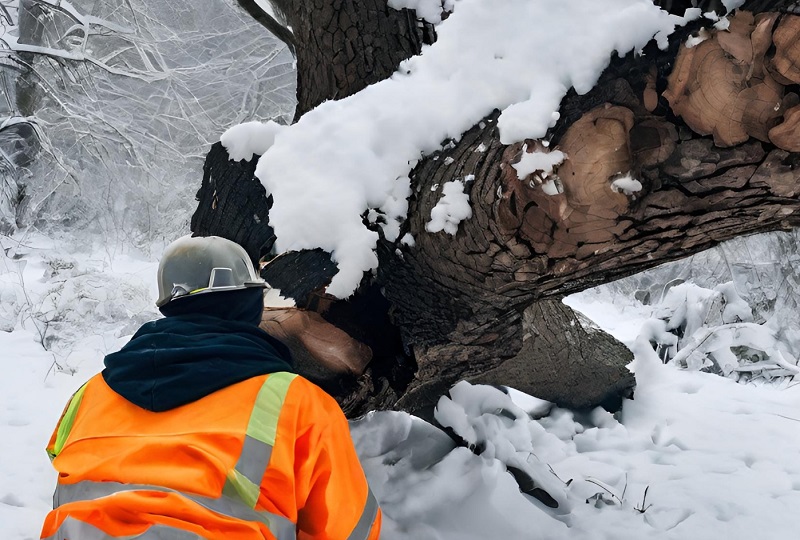
Experienced trained tree experts can effectively identify damage caused by snow and provide proper care for your trees. They can also remove broken or damaged branches to prevent further harm. Removing branches and trees is often a perilous endeavor, but even more so when having to do so during inclement weather conditions. Therefore, we encourage you to rely on their experience, specialty tools and equipment, and responsible, proven methods to ensure any tree repairs and removals are done safely and effectively.
Neglecting your trees after a heavy snowfall can not only risk their health come spring, but potentially your home, as well, if it’s in proximity to any weakened trees. By working with a reputable tree professional you’ll know what to look for when the chill settles in and the fresh, glistening powder begins to wreak havoc on your landscape.
Also see:
More Recommended Landscaping Articles
- Uber Apps for Lawn Care & Outdoor Services
- The Current State of Landscaping Technology for Your Home
- How to Make Pests Leave Your Garden Safely & Naturally
- Best Landscaping & Gardening Shows Now on Amazon Prime
- 7 Ingenious Tech Products for Weed and Pest Control
- Related Topics: Trees | Landscaping | Gardening | Maintenance
| Purgula is reader-supported. When you click on links to other sites from our website, we may earn affiliate commissions, at no cost to you. If you find our content to be helpful, this is an easy way for you to support our mission. Thanks! Learn more. |

